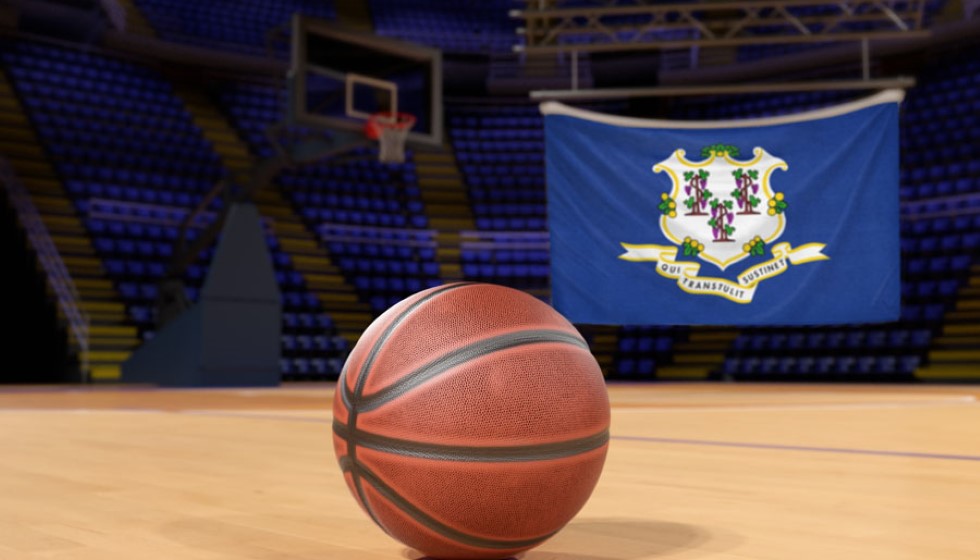
As the NBA season takes flight, the Oklahoma City Thunder has begun with an impressive 11-4 record. Their defense has been a dominant force across the league, bolstering the Thunder's reputation as a formidable competitor on the court. Highlighting their defensive prowess, Oklahoma City boasts the league’s best defense and holds the second-best net rating. However, despite promising beginnings, a closer examination reveals certain vulnerabilities that the Thunder will need to address as the season progresses.
Key Player Transitions
The team has navigated a series of player injuries that have tested their depth and resilience. Isaiah Hartenstein, a significant offseason addition, is set to return to the lineup following a non-displaced fracture of his hand sustained during a preseason game on October 15. His return comes as welcome news after being sidelined for the first 15 games. Known for his playmaking abilities, Hartenstein signed a lucrative three-year, $87 million contract, complete with a team option for the final season. His addition is especially crucial, as Oklahoma City struggles with rebounding, ranking 26th in offensive rebounding percentage and a concerning 29th in defensive rebounding percentage.
Forward Chet Holmgren is another pivotal player whose situation demands attention. On November 10, Holmgren suffered a hip injury that could potentially impact the Thunder's lineup stability. Holmgren often finds himself on the court without another big man, underscoring the necessity of his presence in the paint, given the team's already noted rebounding deficiencies.
Challenges in Rotational Depth
The Thunder's depth comes into sharper focus considering the limited on-court appearances by Ousmane Dieng, who stands as the only player over 6-foot-6 to have logged minutes recently. Despite his height advantage, Dieng has played only five minutes across the last two games, which raises questions about the team's rotational strategies, especially in rebounding and defending against taller, more physically imposing opponents.
In addition to these challenges, guard Jaylin Williams has been managing a hamstring strain this season. His absence is felt not only in scoring but in defensive rotations and versatility on the floor. As the Thunder navigate these early-season hurdles, their approach to integrating returning players like Hartenstein and mitigating injuries to key assets like Holmgren will be critical.
Statistical Anomalies and Room for Improvement
Despite their stellar defensive statistics, certain metrics demand improvement. The Thunder's rank of 28th in opponent free-throw rate indicates a tendency to commit fouls, granting opponents opportunities at the line. This statistical vulnerability, if not addressed, may be exploited by teams with efficient free-throw shooters, potentially neutralizing Oklahoma City's defensive edge.
Moreover, the limitations in rebounding both offensively and defensively point to structural issues in the lineup. The fact that Holmgren must frequently operate without other sizeable teammates further highlights the need for more strategic utilization of taller players like Dieng and effective recovery from injuries by Williams.
Comprehensive player performance and the ability to close defensive gaps will significantly influence how Oklahoma City capitalizes on their early success. As Hartenstein re-integrates into the team, his playmaking skills may not only enhance the offensive flow but also provide much-needed relief on the boards.
While the Thunder's defense leads the charge this season, unlocking synergy in all aspects of play remains essential. The intersection of talent management, tactical adaptation, and player health will determine what lies ahead for Oklahoma City in their quest for a successful campaign.